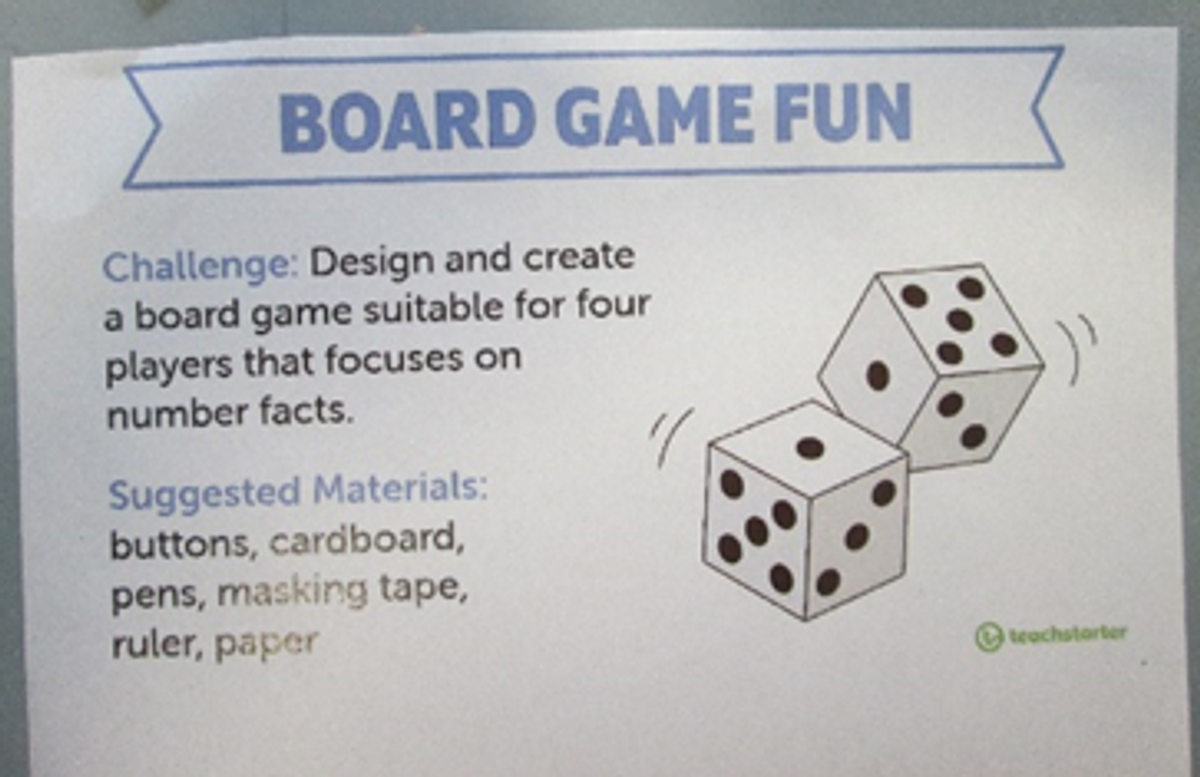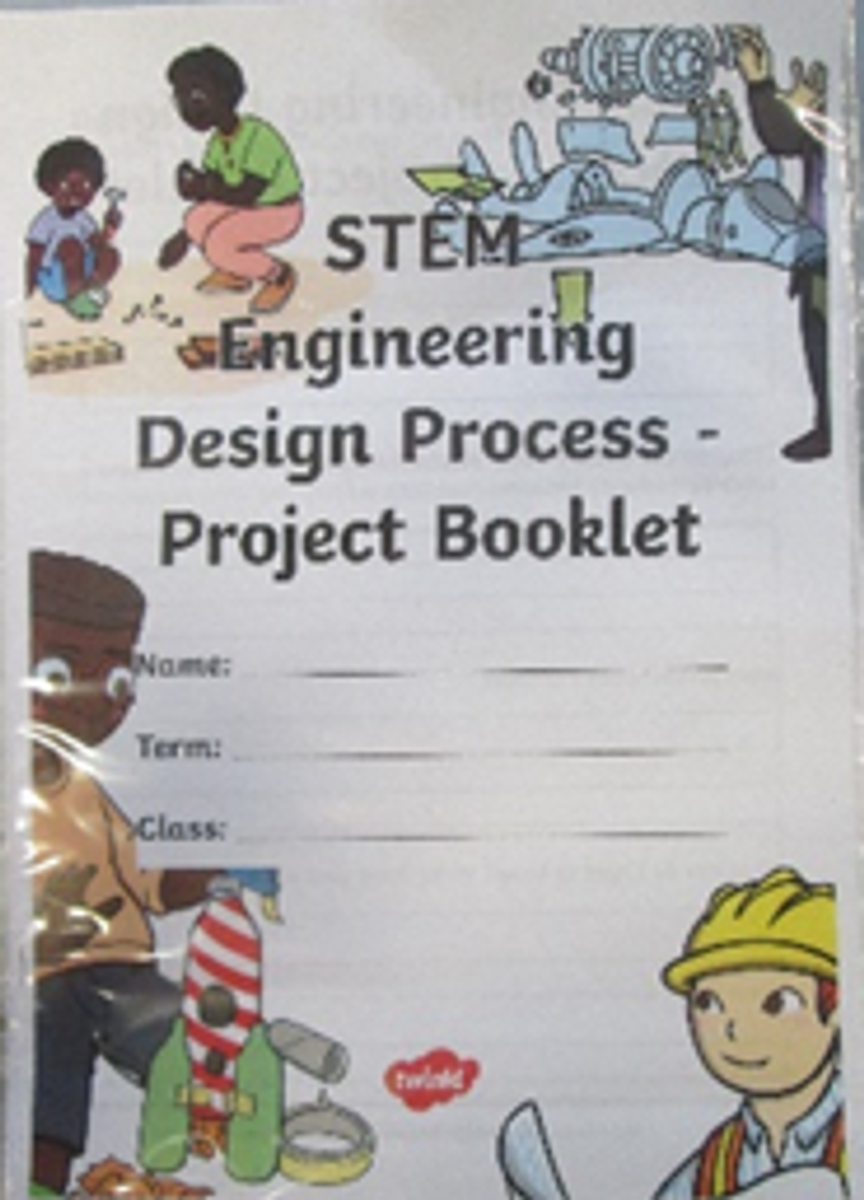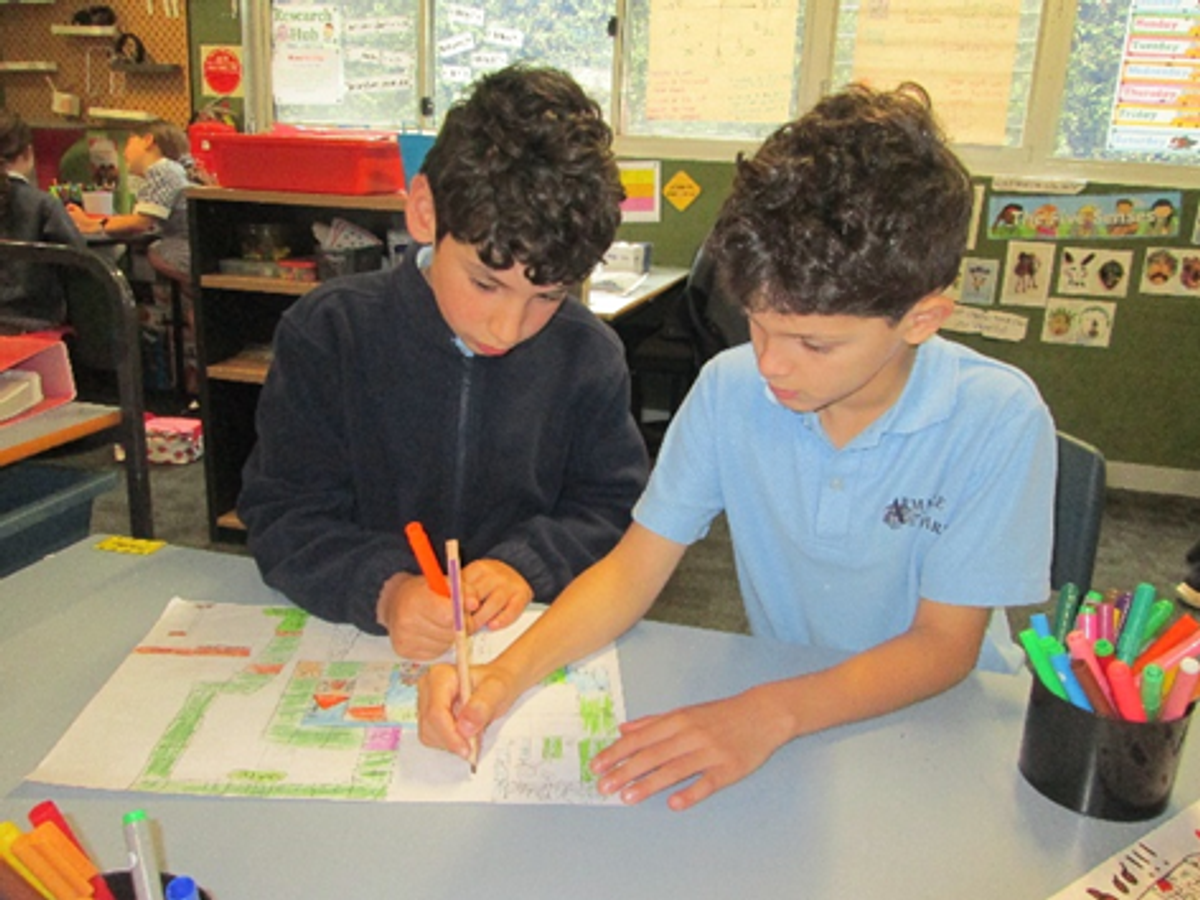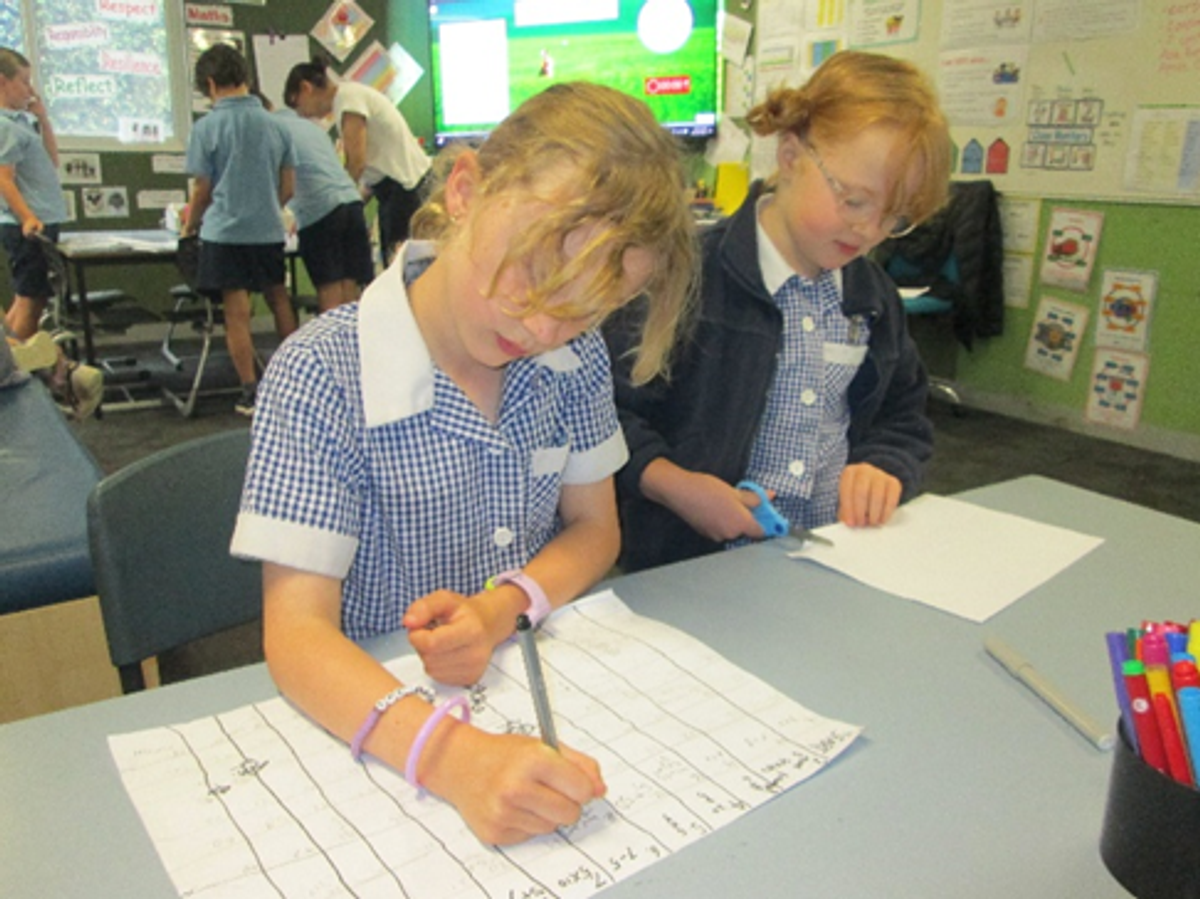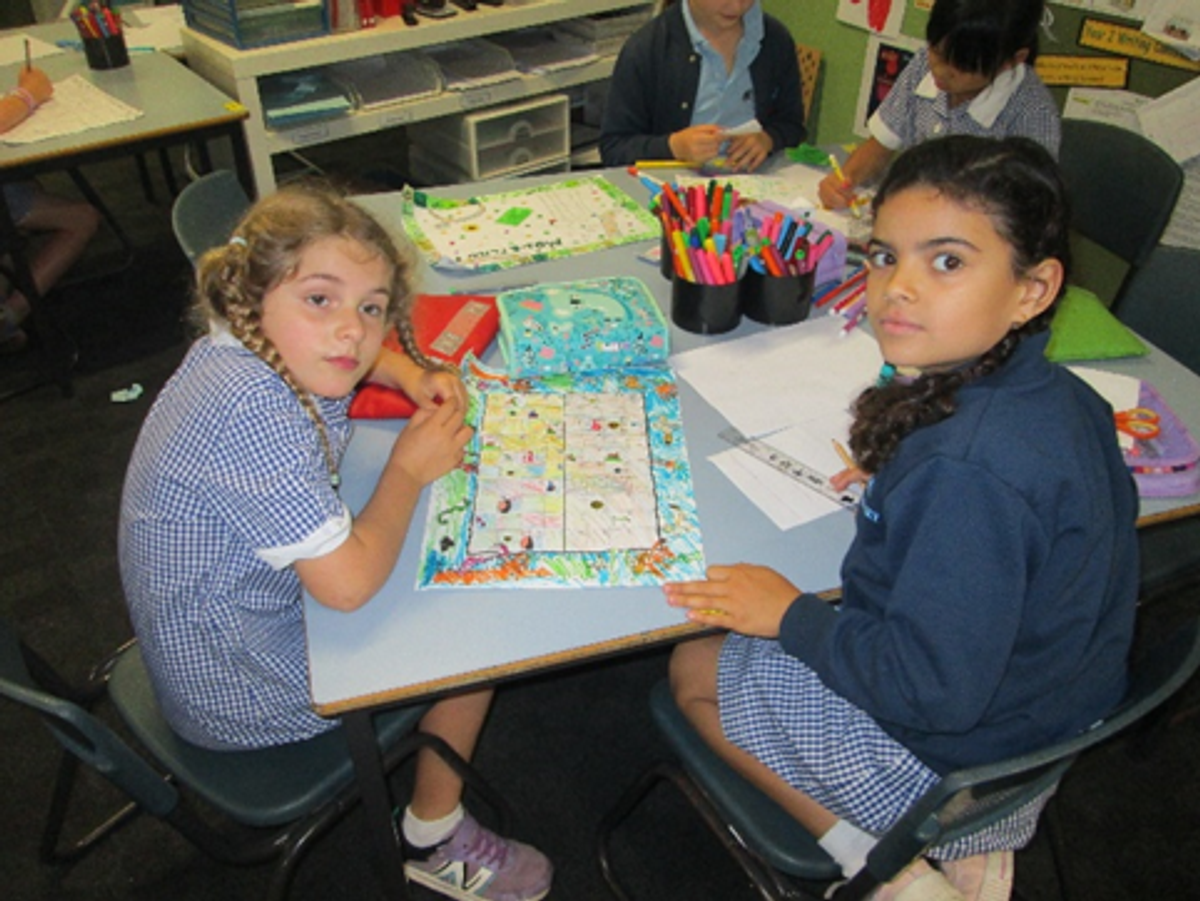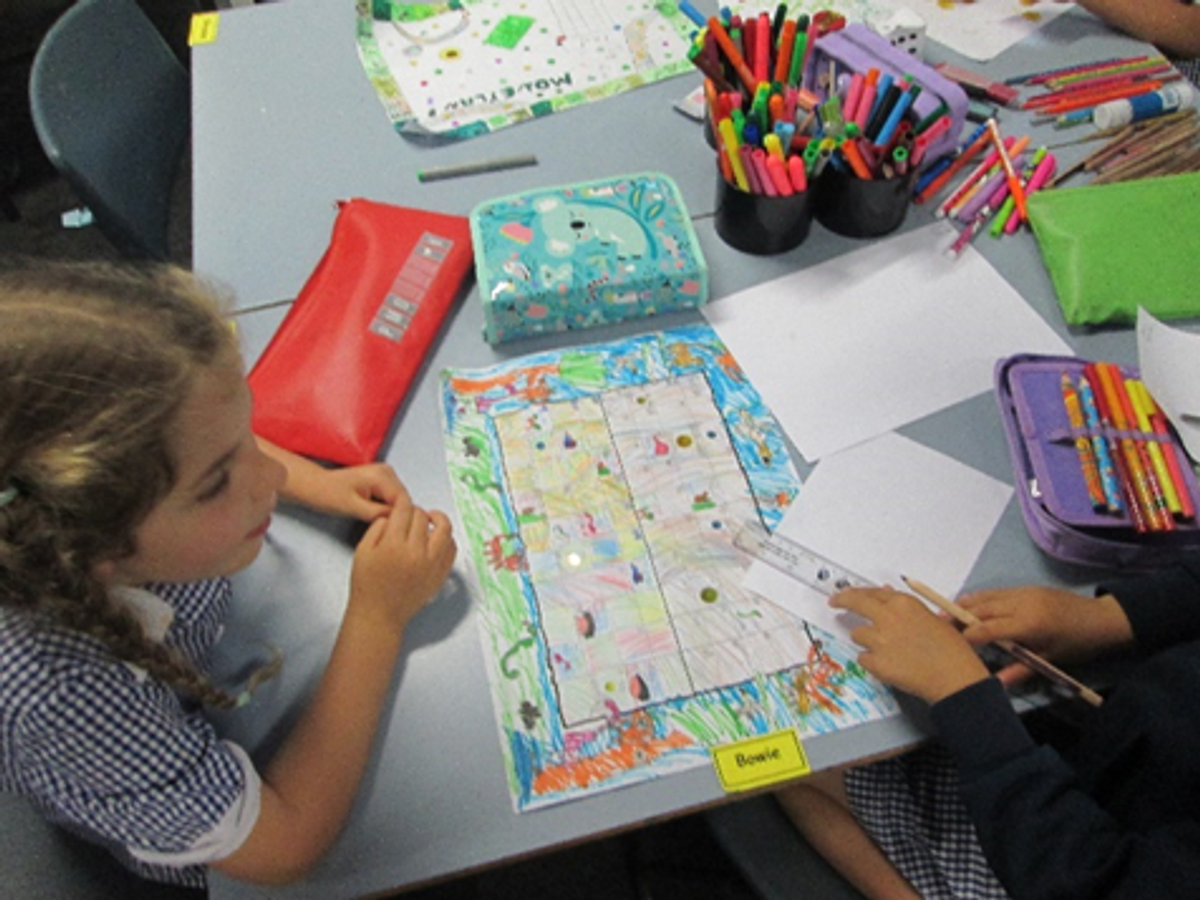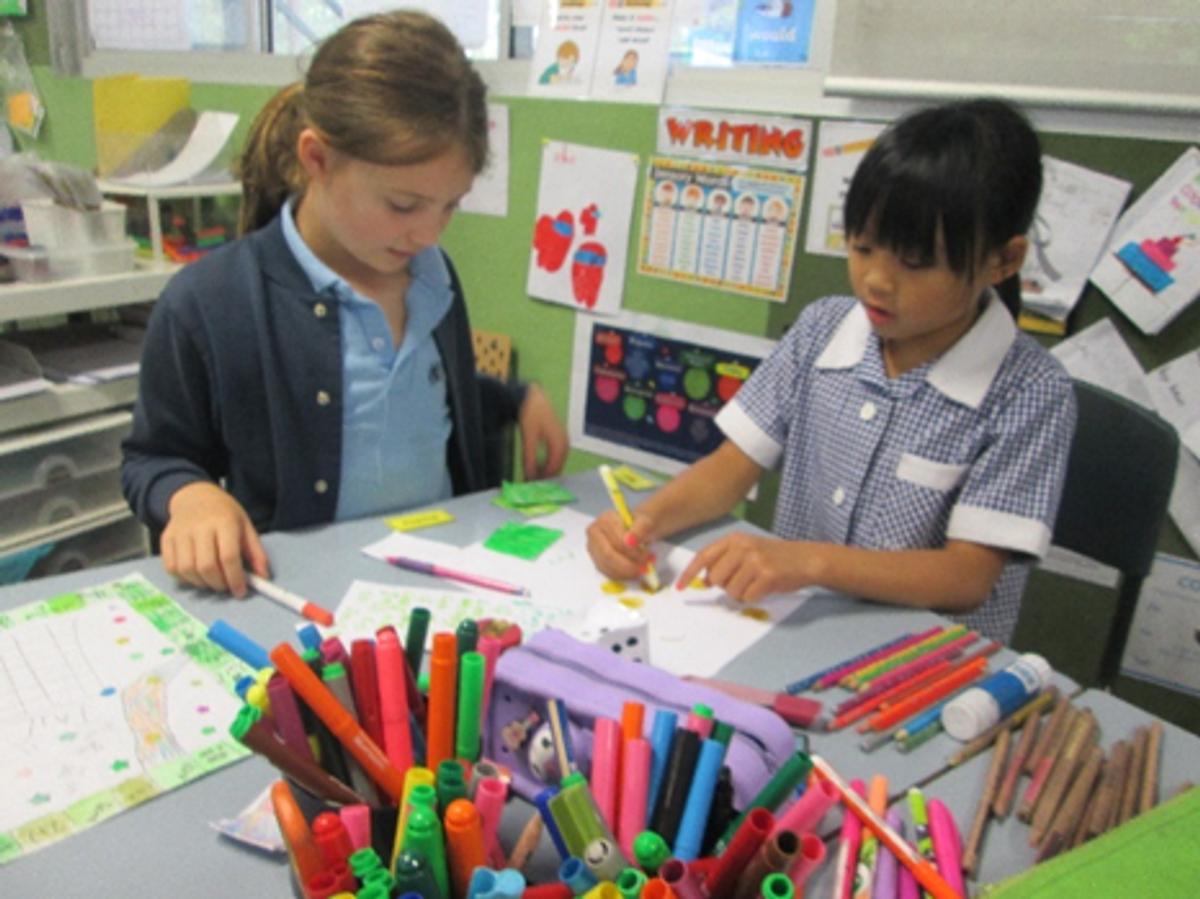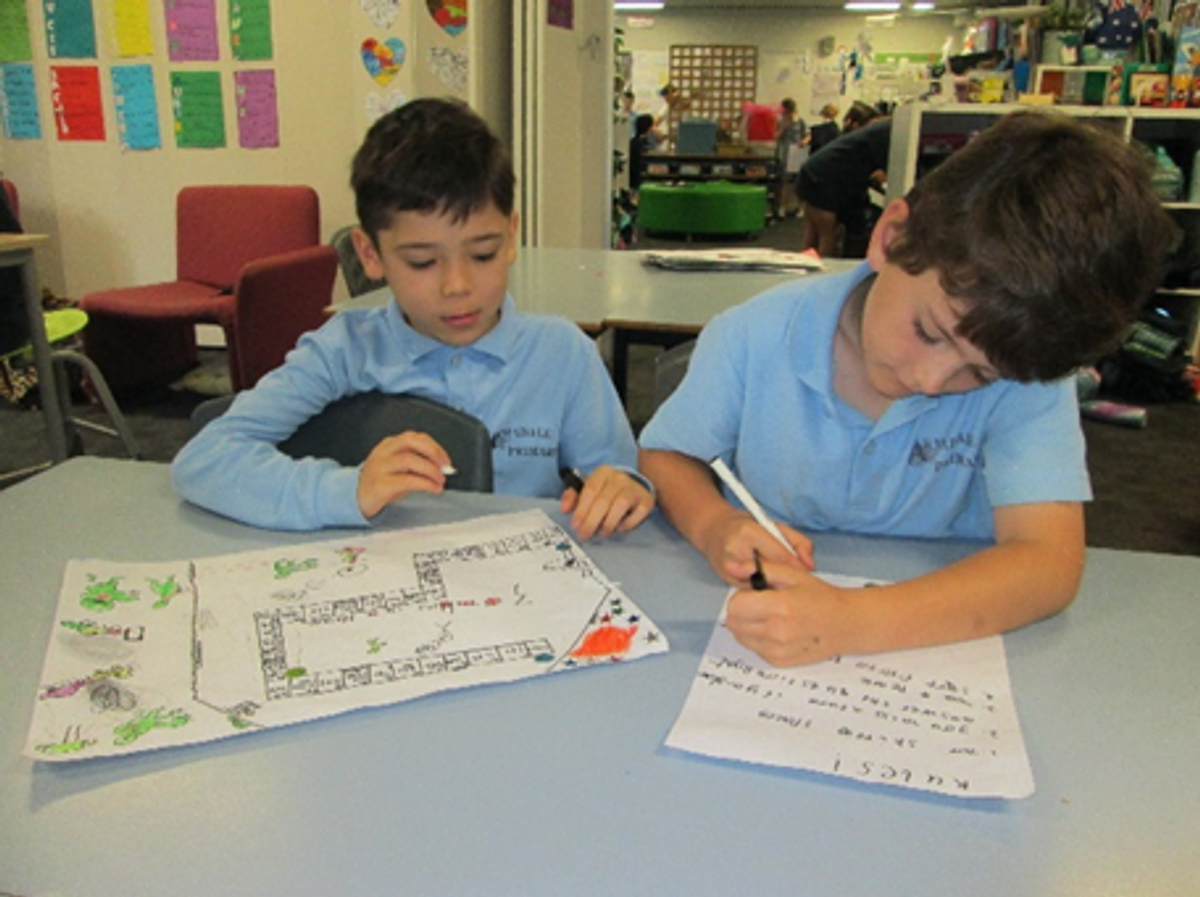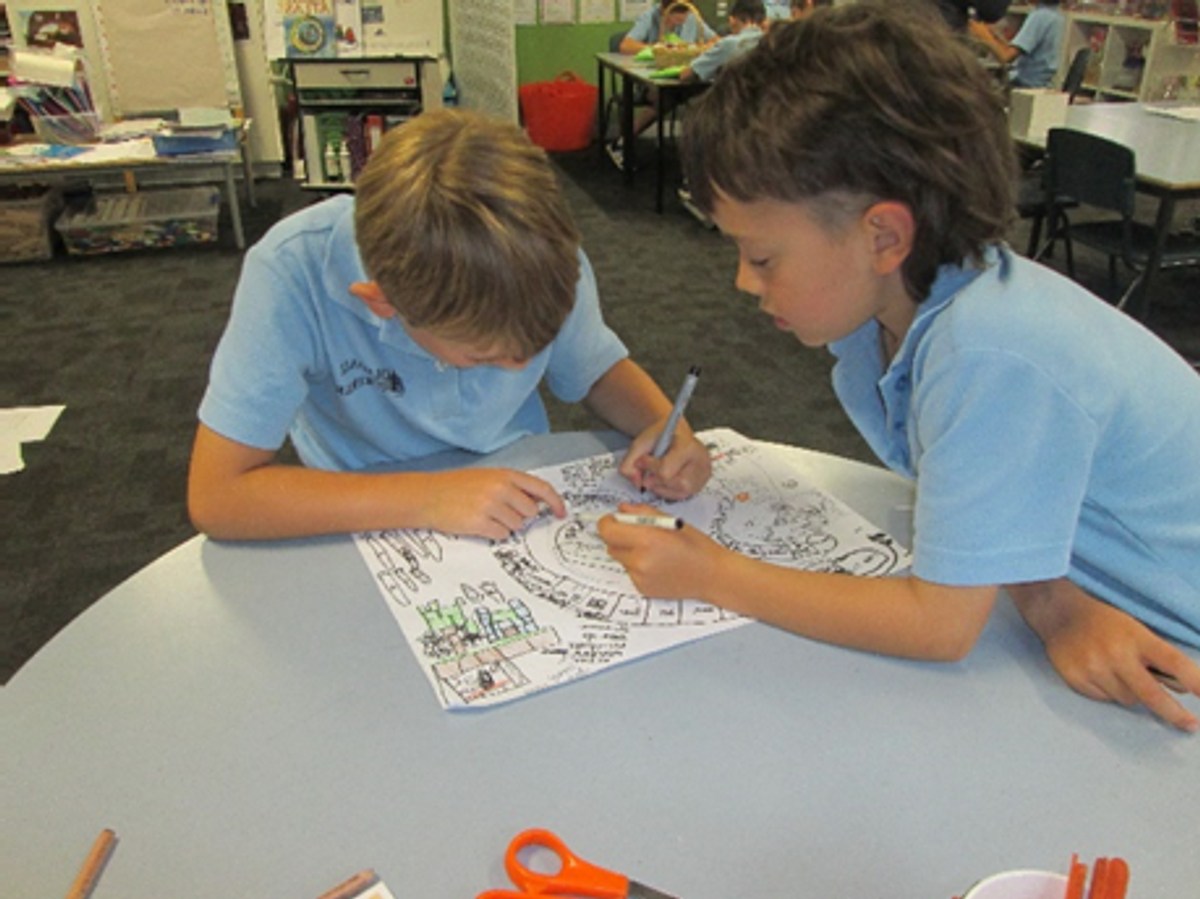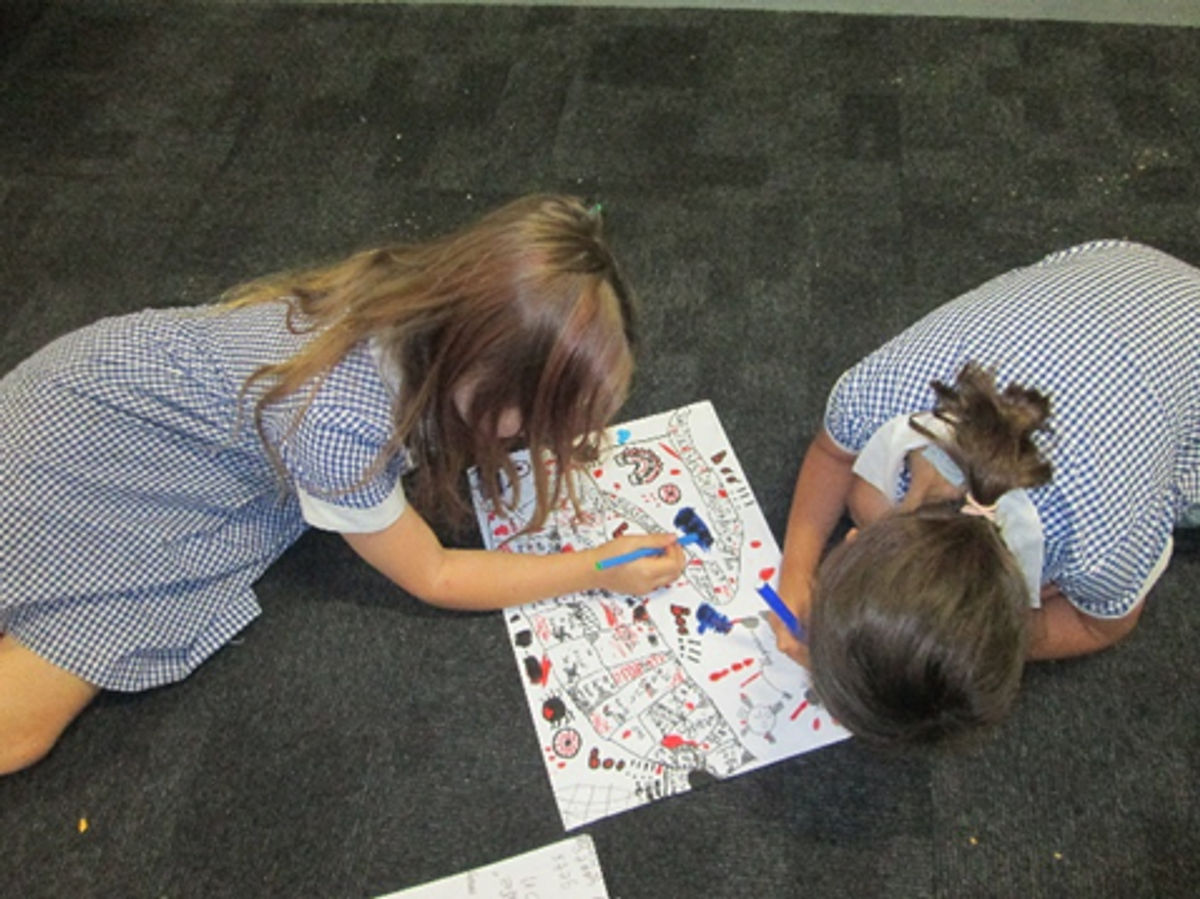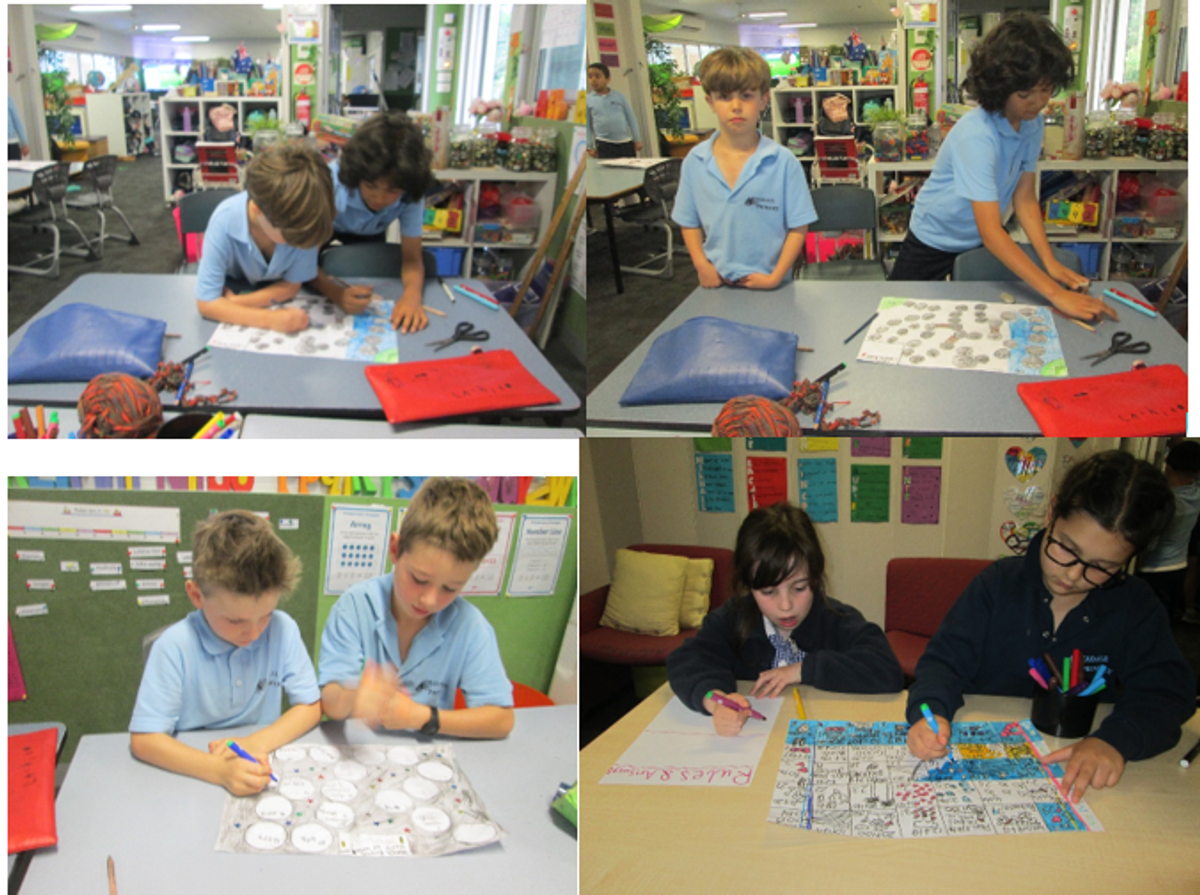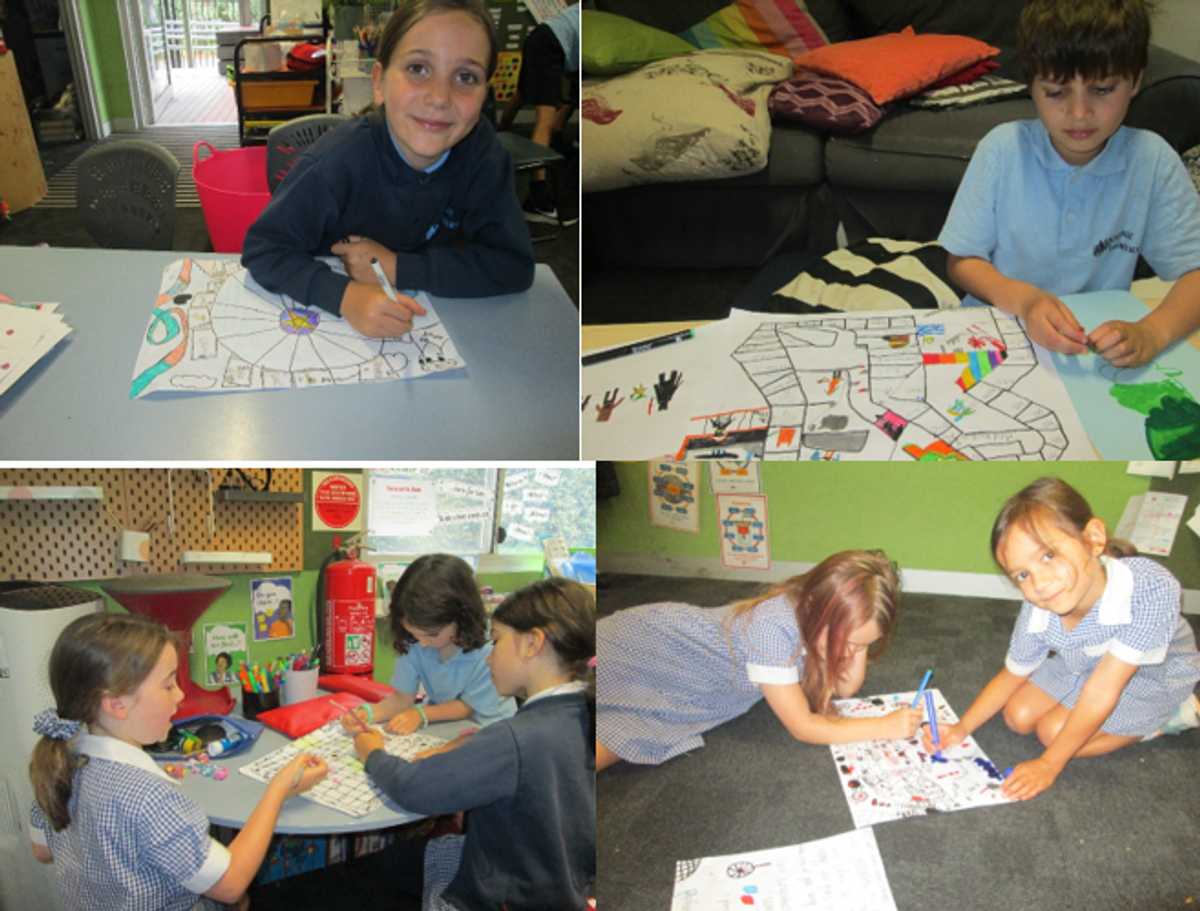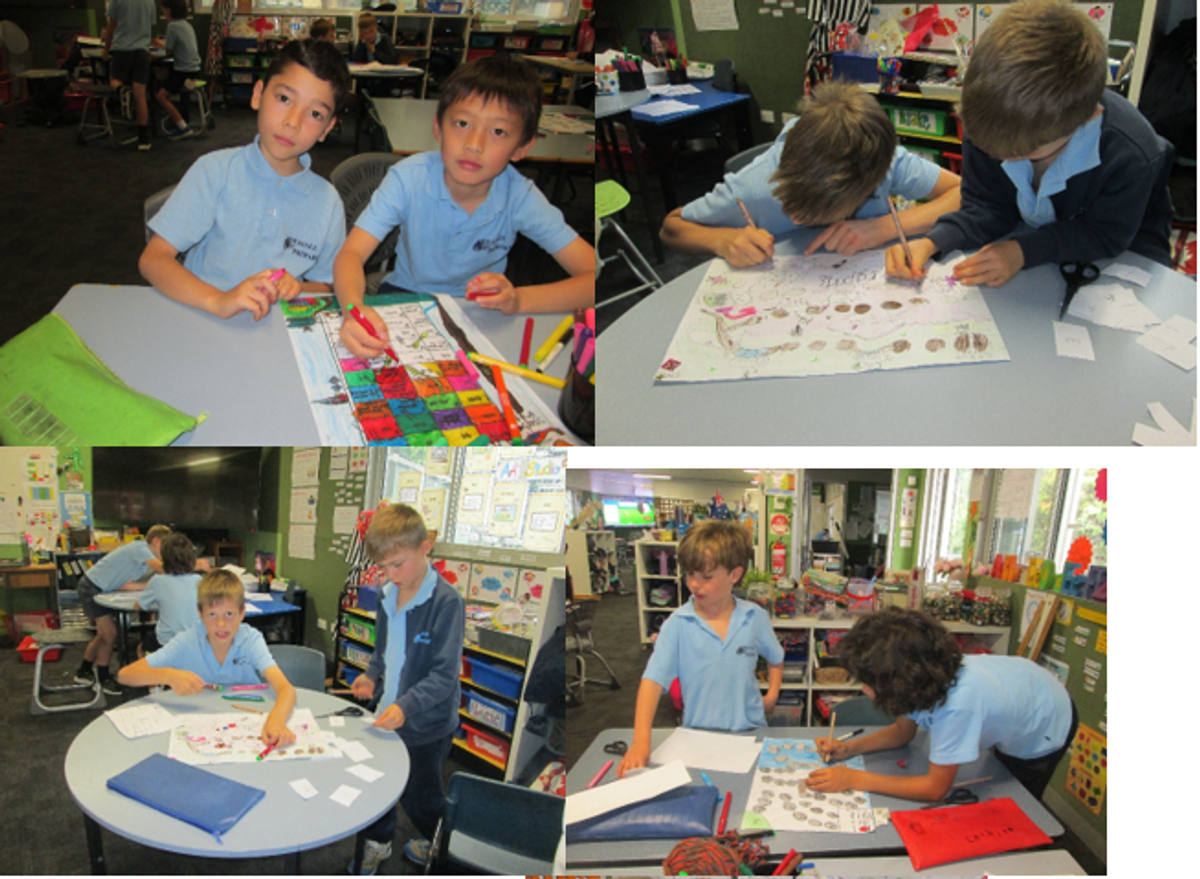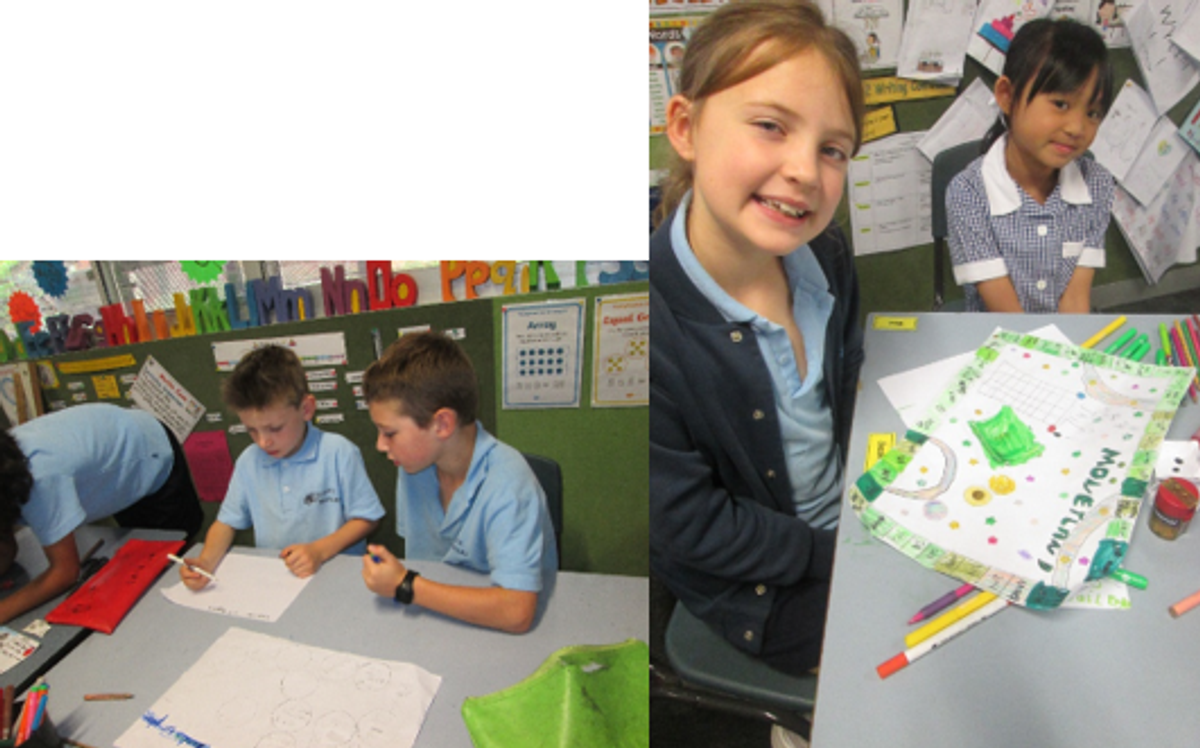Year 2 Bulletin
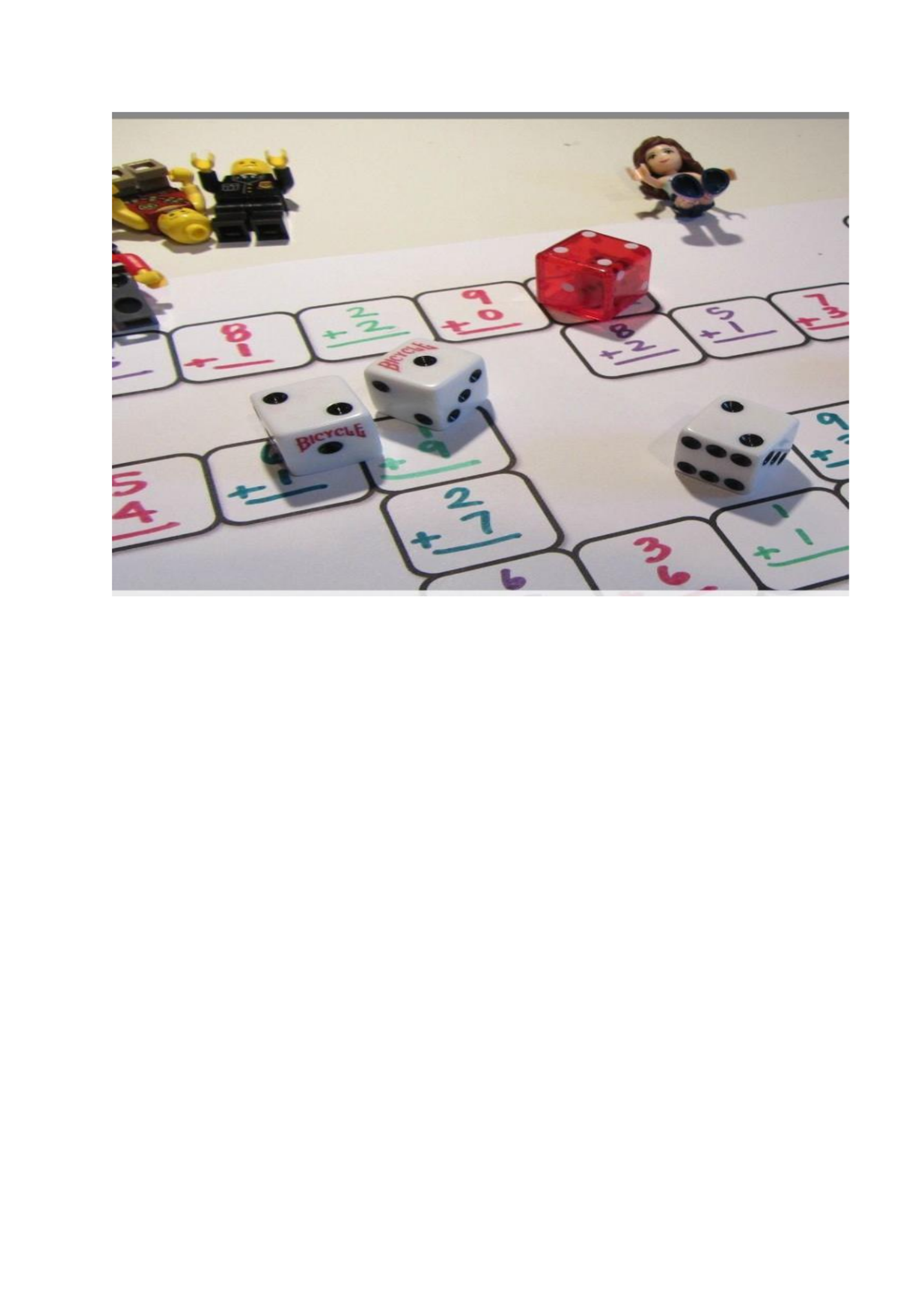
S.T.E.M.
As our Term 4 S.T.E.M. focus, the students were tasked with designing, planning and creating a mathematical board game. The Year 2’s were able to choose a working partner, across the level.
Learning Intention
To design and create a board game suitable for four players, that focuses on number facts.
Learning Experience overview
We researched a range of board games, with a view to using their features as inspiration for our own games, considering :
- idea or theme
- objective
- layout – grid pattern, spiral and circular tracks
- rules for moving, both forwards and backwards
- tokens or counters or spinners or dice or figures
- instruction cards
Each student started their Design Process Project booklet, noting:
- What do I already know that can assist me? (prior knowledge)
- What have I discovered that can help me? (research)
- How will I know that my design will work?
We considered the design criteria and brainstormed possible solutions. Design ideas were drawn up and materials and equipment were chosen.
As the students worked on their designs each week, questions were asked.
- Were our ideas correct?
- Had we considered all the alternative ways to move along the board?
- Could we make the instructions clearer?
- What would help players to enjoy the game more?
- What would add interest to it?
- What surprised us? What didn’t?
Between each change in design, we discussed predictions versus actual observations.
Before the games were laminated, we tested each others’, to see that they actually worked.
Then we reflected and considered how we might have redesigned or modified our games, to improve it by doing things differently.
Prompts/questions/responses
- Helpful questions to ask when predicting and/or observing what this challenge might mean:
- What do I already know about board games?
- What are the different types of boards - circular, grid pattern, spiral?
- What are we expecting we will see?
- What number facts will we be asking?
- Who will be able to answer these questions?
- Who have I aimed the game at?
- What prior knowledge am I bringing to this experience?
- Is this like something else I know about?
- Are there similarities/differences in what I have played/used/experienced/experimented with/trialed, in the past?
- Did our game perform as we expected?
- What was the most surprising part of our challenge?
- What difference would a change in design, have made? How do I know?
- What makes me curious here?
- What am I interested in finding out more about?
- How many different ways could we play it?
- What would help me design better?
As you will see, the resulting board games were really, nothing short of magnificent!
To resume the learning at home from this experience:
- Continue to encourage your child/ren to take an interest in the mathematical concepts around them.
- Respond to and pose questions, and make predictions about familiar board games
- Participate in guided investigations, including making observations, to explore and answer questions
- Examine board games you have at home
- Notice how objects move around the board and what is involved
- Discuss going forwards and backwards in the game. What affects this?
- What effect will it have on the outcome of the game?
- Compare observations and experiences with those of others, playing different games
- What makes these games more fun?
Mrs Evans and Rosanna
Year 2 Team

